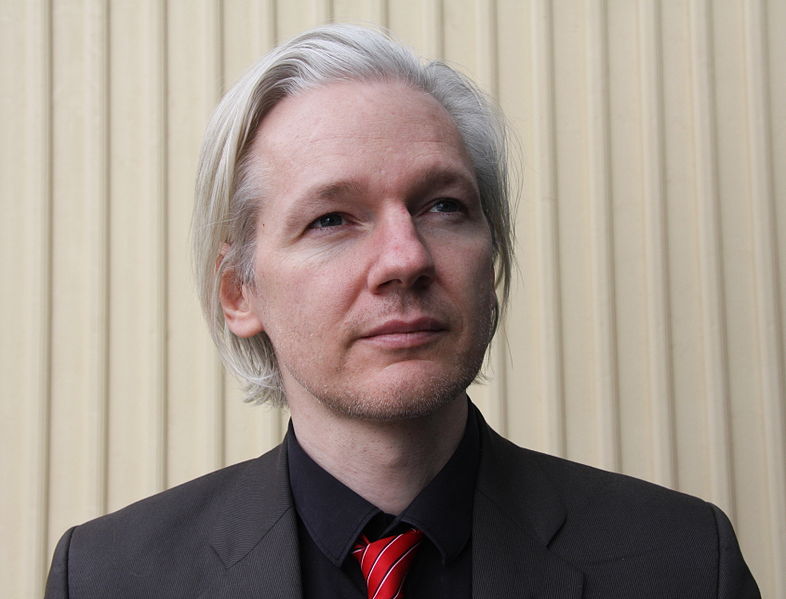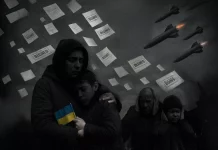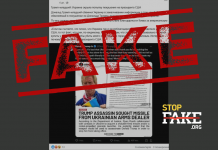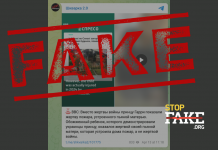Source: CNN
Rafael Correa, the Ecuador’s former president, well-known for his anti-US policy and granting asylum in London embassy to Julian Assange in 2012 (officially to protect him from “political persecution”), admitted, as reported by CNN, that the Ecuadorian government knew about the interference of the WikiLeaks founder in presidential elections in the US in 2016. WikiLeaks revealed stolen e-mails from Hillary Clinton’s political campaign members, only a day after a leaked video discrediting Donald Trump.
CNN reached the report prepared by UC Global, private Spanish security and cybersecurity company on a request by Ecuadorian authorities. It states that Julian Assange, even though locked in the embassy, did not stop working. According to the report, he converted the embassy into WikiLeaks command centre. He enjoyed many privileges. He requested (and got) the access to broadband internet connection, phone connection and a right to regular visits. He made a special list of guests who could enter the embassy without showing their documents nor security check.
The embassy tried to control Assange, employing three companies to do so. It turned out to be difficult, though – Assange had his own recording and jamming equipment and some of his meetings took place in ladies’ restroom to avoid CCTV. He was even reported to get in fight with security guards few times and to smear his faeces on the walls in rage. In 2013 ambassador Juan Falconí wrote a letter to WikiLeaks founder in which he stated that Assange cannot give orders contradictory to ambassador’s will. The fact is, though, that during the Assange’s stay, four different people occupied the position of ambassador. However, in April 2019 Assange was finally rendered to the British police.
The key month of his stay was June 2016. During this time, Assange received over seventy guests, double of the usual number. Seven of them were Russians, many more had connections to Kremlin. In five cases the guests were high employees of RT. He authors of the report point out two visits of Nikolay Bogachikhin, the head of London RT office. The second of them lasted only five minutes and were scheduled in the very last moment. Bogachikhin was supposed to pass a USB drive to Assange during this meeting. The head of RT mocked it later, saying that he gave Assange “a whole bag of Novichok” (neurotoxin used in the attempt to kill a former Russian spy Sergey Skripal in March 2018). Shortly after the meeting Assange requested to have his internet connection upgraded. It has been done on 19th June.
According to surveillance reports, embassy knew that some of stolen e-mails of Hillary Clinton’s campaign members were published from its territory. It is also underlined in Mueller’s report, describing Russian meddling in the US presidential elections in 2016. Although there is no direct prove, there are many clues suggesting that many materials were passed through Assange to Andrew Müller-Maguhn, a German hacker, who visited Ecuadorian embassy in London before the elections in 2016 twelve times, few of them accompanied by other known German hacker Bernd Fix. Assange, Müller-Maguhn and Fix met for three hours on 14th July 2016. On the same day Russian hackers under the nickname of Guccifer 2.0 sent to WikiLeaks encrypted files under the name “big archive”.
Only four days later an embassy security guard left his post to get a package outside of the embassy from a masked man. The surveillance company asked for the guard to be suspended, however Ecuadorians left him working. According to Mueller’s report, on the same day WikiLeaks informed Russian hackers that it had gotten the files and were preparing to publish them. However, there is no proof that those events are linked. In the next months more e-mails were published, including 50 000 messages of John Podesta, Clinton’s campaign chairman. RT reported all the leaks. Twice, it published its articles before the content was available on WikiLeaks, which suggests that RT coordinated its actions with hackers.
Finally, on 15th October 2016 Ecuador fulfilled the ultimatum given by the US and cut Assange of the external world and condemned WikiLeaks activity in a public statement. Three days later Assange got in fight with ambassador who prohibited the non-diplomatic visits in the embassy. After the Assange’s call to the minister of foreign affairs of Ecuador, the ban was lifted. At one o’clock a.m. two WikiLeaks employees from the special list of persons free from security check started to take out of the embassy computer equipment, including over a hundred hard drives.
In April 2019 the new Ecuadorian president Lenín Moreno withdrew the Assange’s asylum and handed him over to British police. He still did not face charges for his actions in 2016. However, he is waiting for the processes for other crimes and possible extradition to the US. Obviously, Russian government defended him after the arrest, saying that “The hand of ‘democracy’ squeezes the throat of freedom.”
Source: CNN





